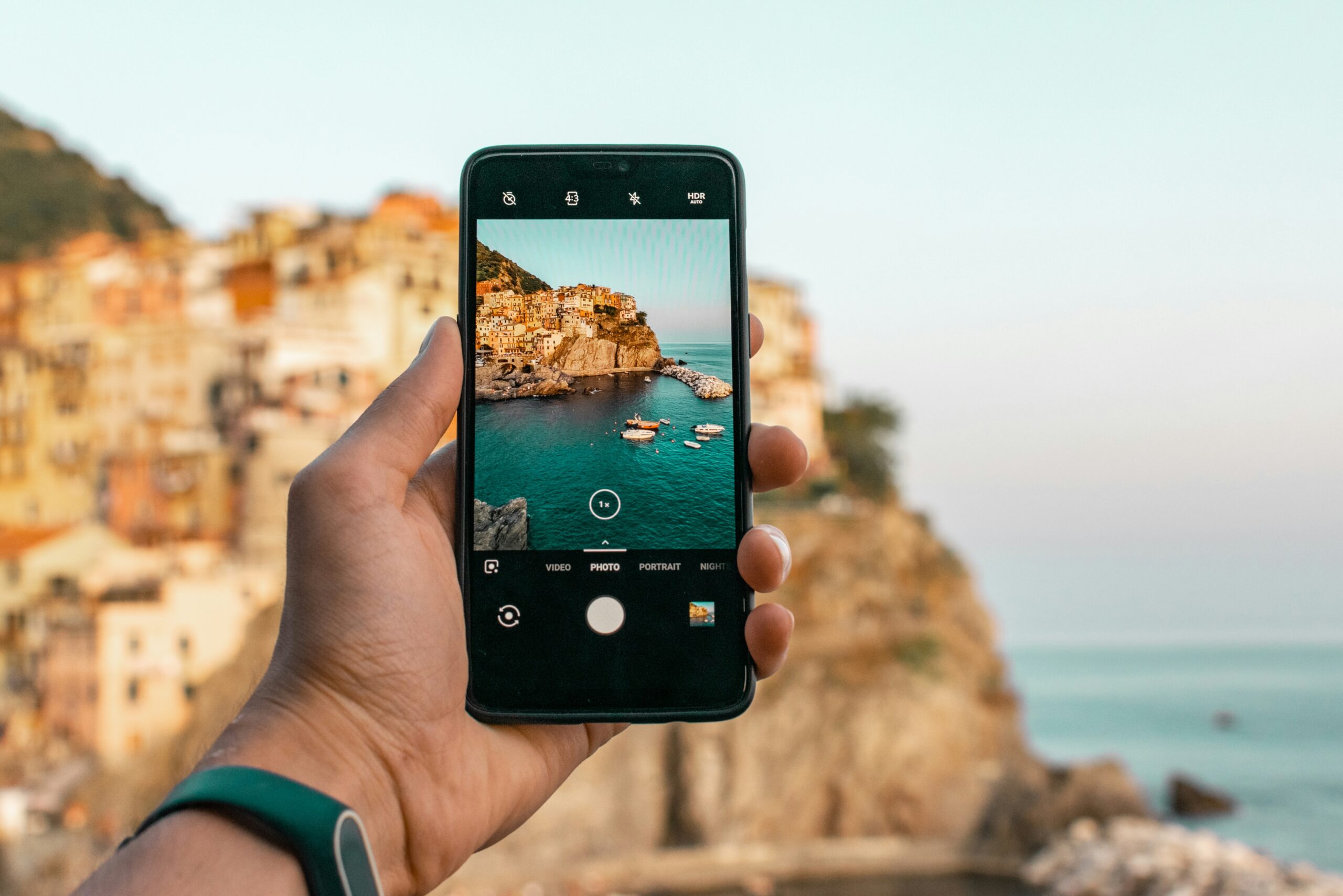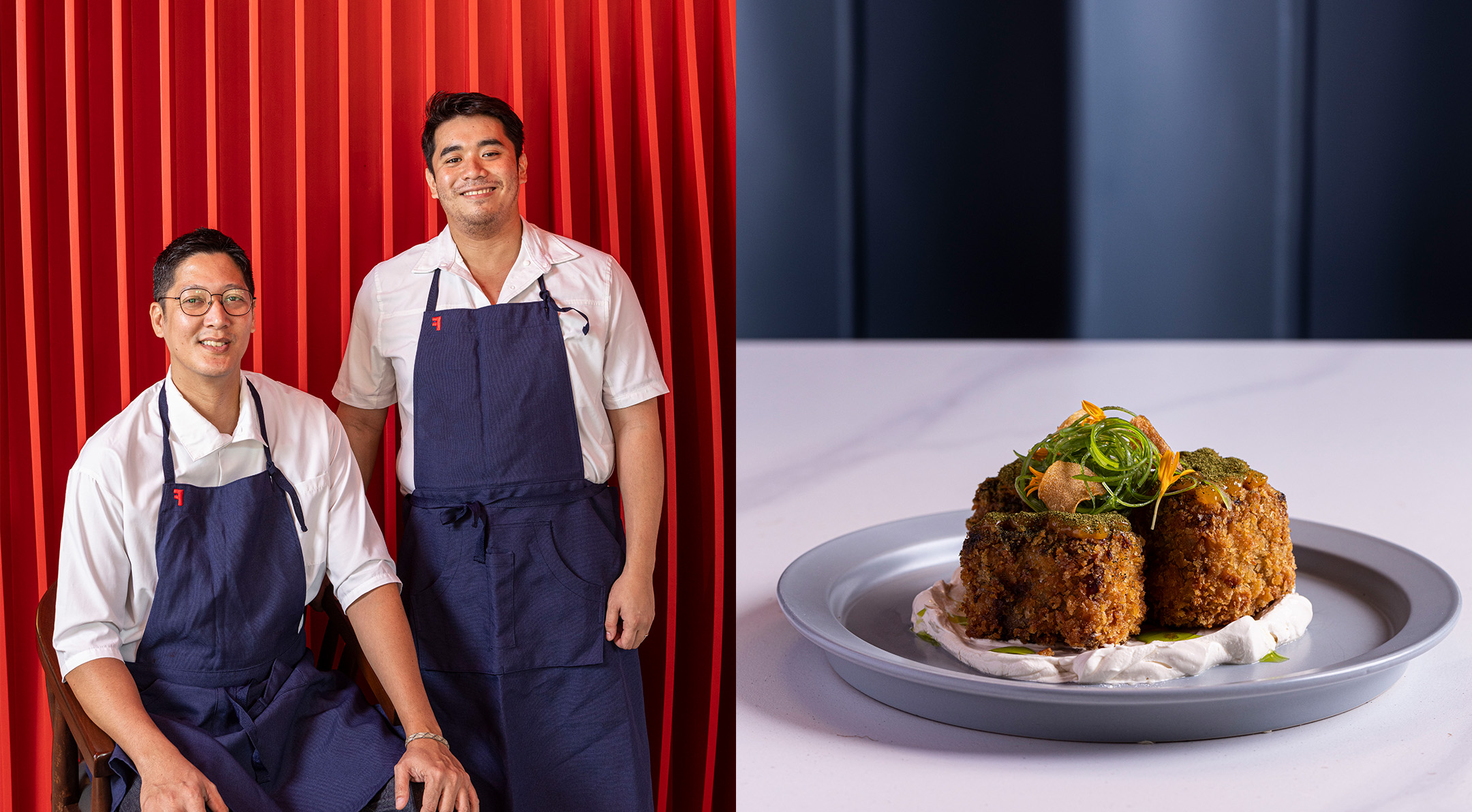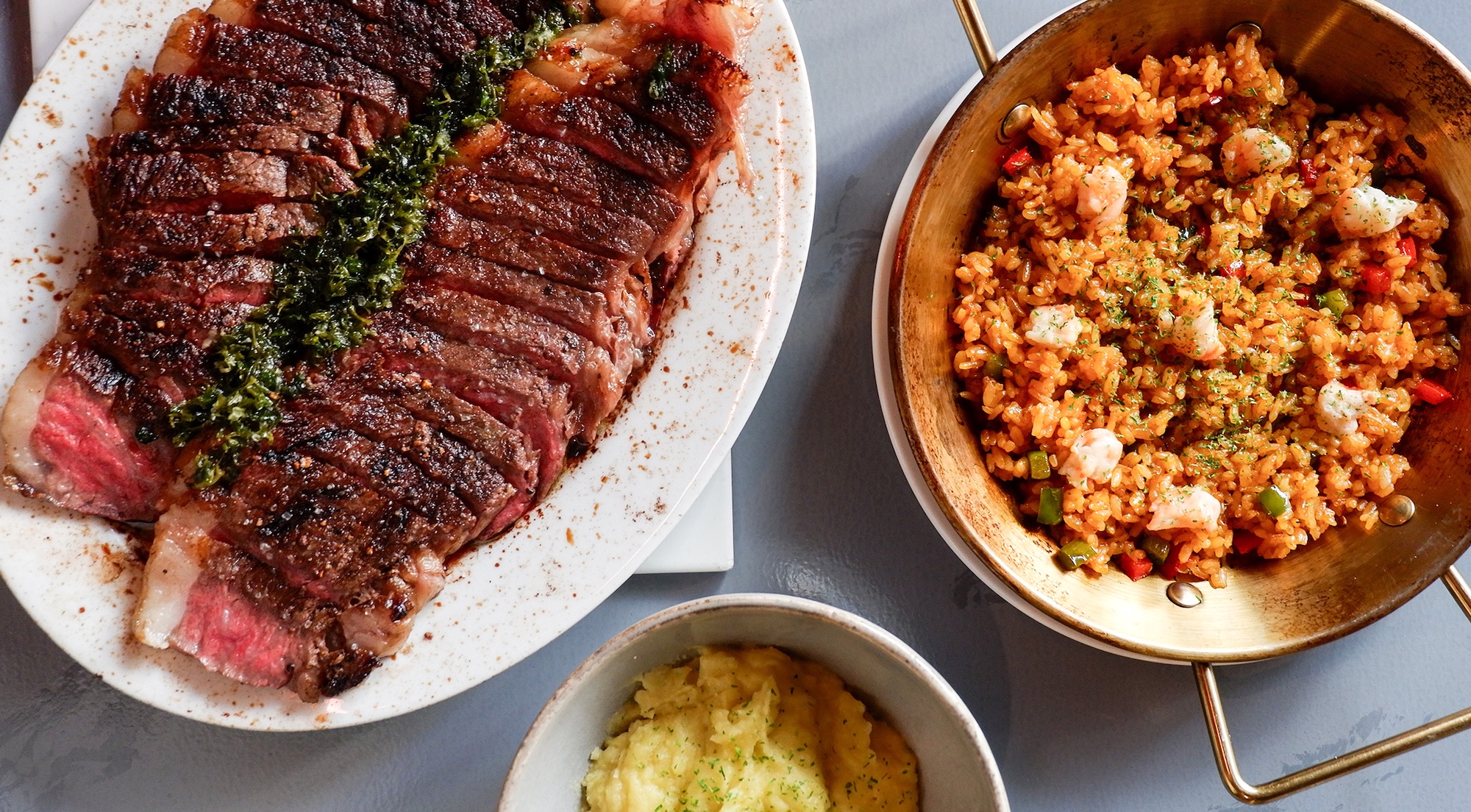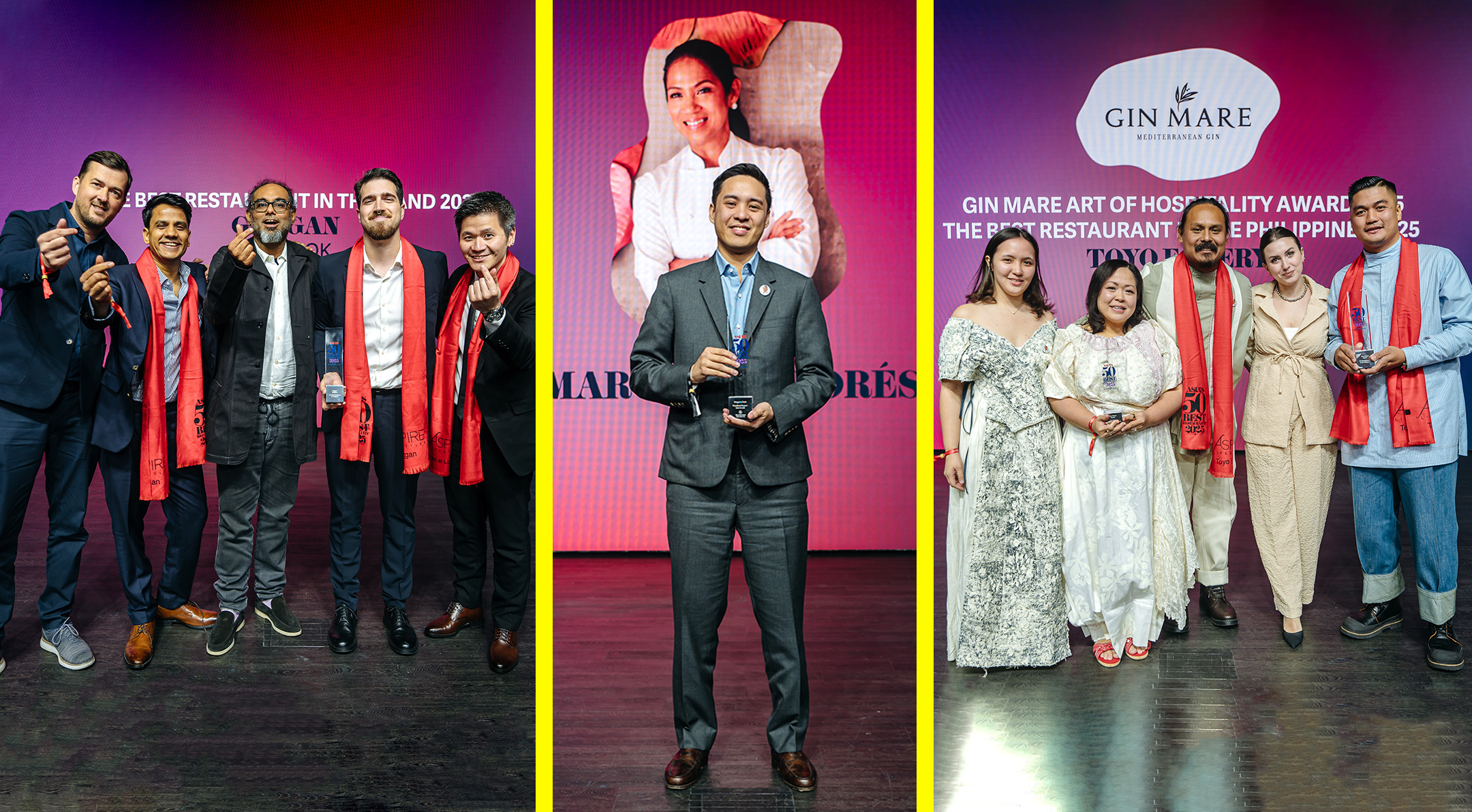Putting design at the core of your business is a necessary move. In foodservice and hospitality, design decisions that stem from a lack of strategy, values, or focus can result in a terrible customer experience.
So it’s no surprise that the first words uttered by Greg Lutze, co-founder of creative channel and community VSCO, at the Rise Conference 2019 in Hong Kong is that good design is hospitable. “When we say hospitable, we want to create an environment or experience that is welcoming, consistent, and helps people.” Which is a lot like how the hotel industry functions despite the diversity in aesthetics.
“What makes [hotels] a really great experience is when it’s personalized to you,” continues Lutze. “When you feel like someone’s got your back, they’re going to help you along the way.”
Of course, even restaurateurs can benefit from this sensibility. Food businesses first started placing much attention to design as a driver of delightful experiences over two centuries ago when French restaurateur Antoine Beauvilliers developed the pillars of modern restaurants: an elegant space, trained waiters, a fine cellar, and superior food—after all, restaurants are as much about what’s in the back of the house as it is about the tasteful display in front.
But ever since the rise of the Instagram generation, it has never been more strategic to invest energy into spaces that take dining out into a deep dive.
From physical to digital
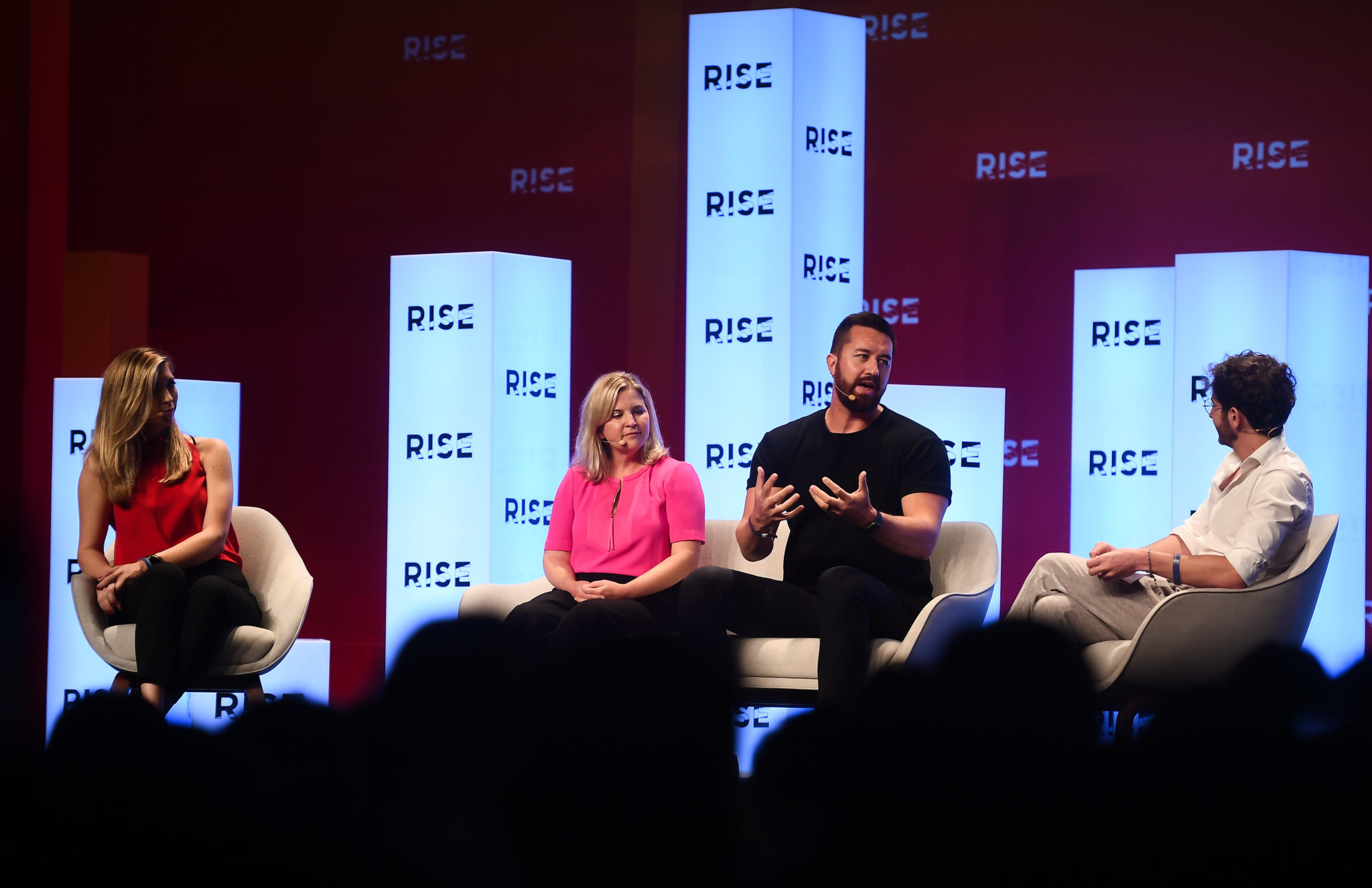
It’s easy to forget that the business of eating today has expanded into more than just what goes in front of a customer. Consumers now are omnivores; they are lovers of all things that could stimulate the senses beyond taste, their behaviors easily undone and influenced based on atmosphere.
Design—in all its forms—is part of an orchestrated strategy that starts even before someone walks into the door, takes a seat at the table, and browses the menu. Yet it’s not just real-life experiences that need to be monitored. Digital positioning is a consolidating factor of any establishment’s identity. How intuitive your website is or aesthetically pleasing and purposeful your social media channels are represent an invitation to the audience you’re trying to reach.
If businesses can capitalize on all aspects of design, the potential for success is enormous because it is dependent on how a customer experiences the brand—online or offline. Design is a point of distinction, a declaration of identity that balances physical and digital touchpoints. So while food or location may be important selling points, an awareness of good design tailors everything to form a definitive, emotional impact.
“Great design needs to create an experience that’s seamless across all your platforms. So when you have a handoff from one platform to the next, that’s a unified experience,” says Amy Buckner Chowdhry, CEO and founder of user experience research firm AnswerLab.
“Great design needs to create an experience that’s seamless across all your platforms. So when you have a handoff from one platform to the next, that’s a unified experience,” says Amy Buckner Chowdhry, CEO and founder of user experience research firm AnswerLab when talking about the phases of design.
“How does your brand get conveyed across all your digital touchpoints? Is that brand experience consistently telling the same story? Is the experience inclusive? Are differently abled groups that are traditionally marginalized—who are also within your target audience—also made to feel welcome and included in your experience?”
Follow creative impulses
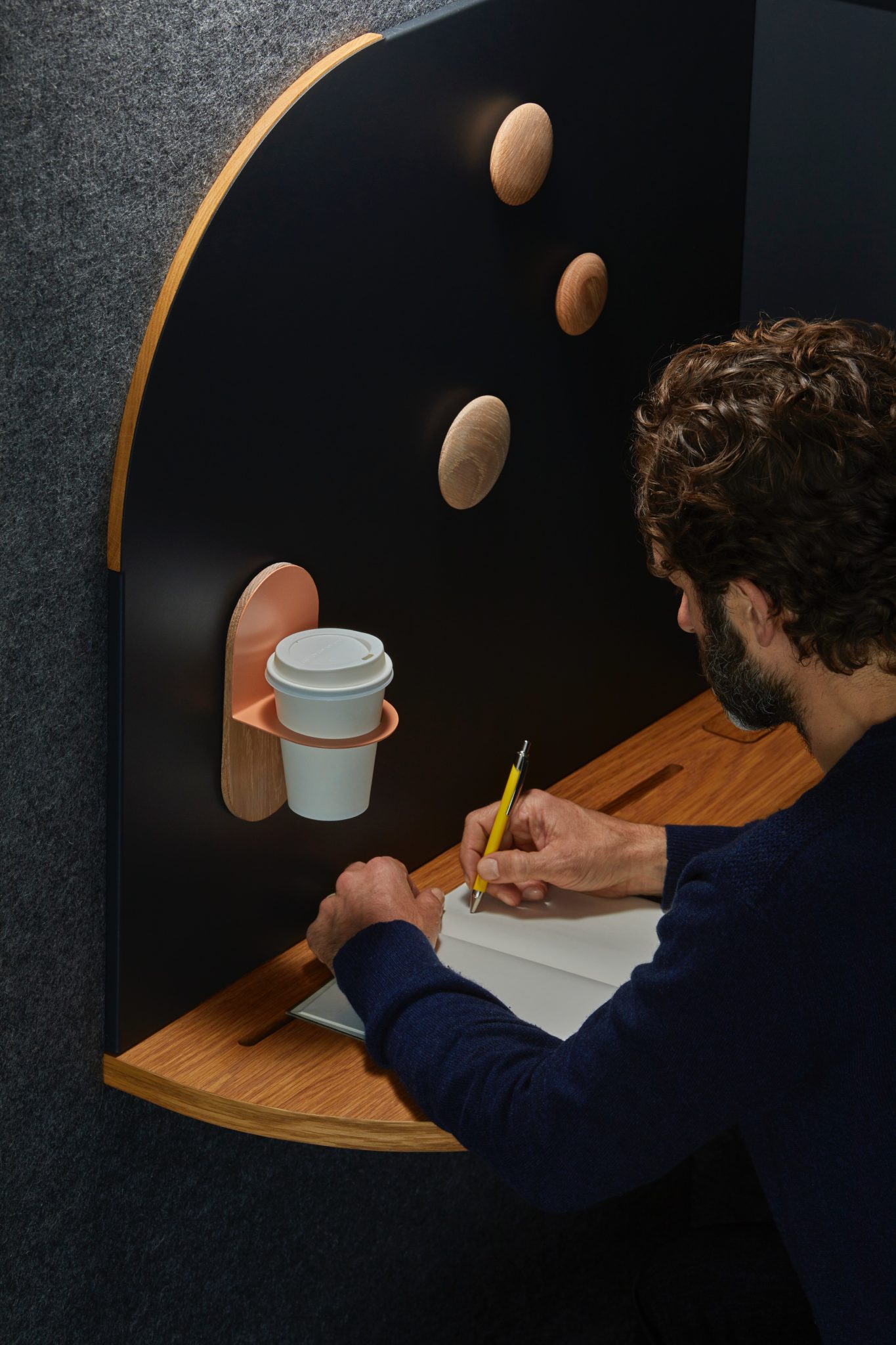
A look at some of the best restaurants in the world underscore this necessity to extend the memorable experience beyond what’s on the menu.
Mirazur, currently the World’s Best Restaurant, employs inspirational elements from its origins in South France with an opening image overlooking the sea and a simple scroll presentation of the faces and features you can expect if you manage to book a table. San Sebastián institution Arzak meanwhile opens with a stylistic disclaimer that it’s difficult to showcase what they do best online against a motion graphic backdrop. But that sort of honesty makes for a good example of commitment to their craft as well as their culinary history.
In the hotel sector, those with a strong narrative leave the most lasting impact on guests. A prime example is Six Senses, whose resorts, hotels, and spas delve into sustainability and wellness, which guests today feel strongly about, while the most wish-listed properties on Airbnb all have a crowd-pleasing sense of joy and exhilaration.
“People in the hotel business make a big mistake when they tell you, ‘Location, location, location.’ That’s too simplistic because there are many elements,” says Aman Resorts founder Adrian Zecha.
“People in the hotel business make a big mistake when they tell you, ‘Location, location, location,’” defiantly tells Indonesian hotelier and Aman Resorts founder Adrian Zecha in The Forecast (Issue 7, 2018), as if echoing Buckner Chowdhry’s statements at Rise Conference 2019. “That’s too simplistic because there are many elements.”
Listening to both Zecha and Buckner Chowdhry’s words is like getting under the skin of design’s achingly simple purpose: focus on humans. Beyond spaces and concepts that attract or retain customers, entrepreneurs can take design decisions to the next level by tweaking the foundation of business wisdom today.
Testing an idea before going full steam ahead is one reliable method—say via food trucks or pop-ups—but it’s virtually impossible to execute an idea’s significance without any research or understanding of the customer—no matter how big the ambition or how good the intentions are.
“Human-centered design basically means as you go through the design process for an experience, you include research with your users along the way. So rather than the team designing what they think should be right for everyone, the design is focused on solving a customer pain.”
“Human-centered design basically means as you go through the design process for an experience, you include research with your users along the way. So rather than the team designing what they think should be right for everyone or the design being led by engineering constraints, the design is focused on solving a customer pain, understanding that pain, and then iterating on the ways in which you might solve it until you get the best possible product out the door,” says Buckner Chowdhry.
Then there’s branding. What’s the relationship between your business model and your brand identity? Everything. Soft power such as service and marketing is important but the hard products such as the menu and aesthetics should feel just as individualistic and collective. Finding the perfect formula to balance the two components is necessary. Which makes research, design discussions, and customer empathy all the more important for a shot at success.
“In any hospitality sector—whether that’s hotels, restaurants or airlines—if you have to reinvent your customer base every year, I promise you that you won’t make it,” Zecha says to The Forecast.
“Every element of your brand has to take into consideration the audience you’re trying to attract because a brand is built to make you feel something before they sell you anything,” says Cynthia Johnson, co-founder and CEO of digital marketing and personal branding agency Bell & Ivy. “When you look at a company like Nike, you can tell they made a choice, and it benefited them.”
Watch what they do
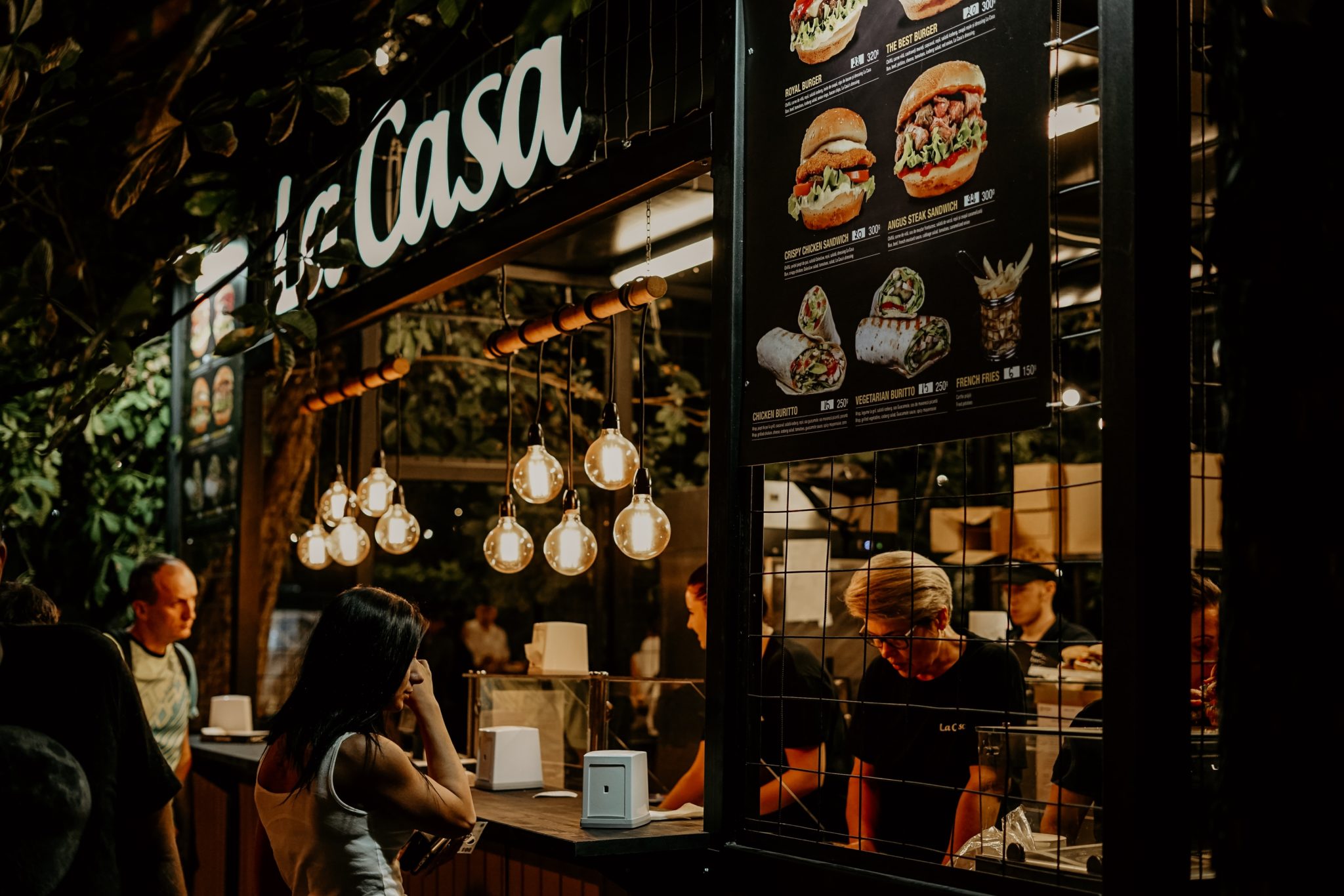
It’s also a testament to the power of observation. Looking at what other companies are doing can be useful but to truly understand your customer requires watching them—literally. And then using the insights gained from actual customer experience to refine the elements of your business and form a clearer story of your ideas in practice.
For example, does your restaurant’s layout encourage a smooth flow of customers? Does your management of space utilize visual merchandising? That is, did you set up your space to influence your customer’s purchasing decisions based on what products they are exposed to? Does your open kitchen add value to the experience or does it just detract from what customers came for? Does your lighting create the right mood or does it illuminate and catch the attention of passersby?
“It opens up an entirely new world of insight,” says Buckner Chowdhry. “The most important thing is that you’re spending time with people and you’re watching them use what you’re creating; otherwise, you’re designing in a vacuum, and you can’t create an experience that delights.”
Allowing design to get in touch with the human side, you can expect a little of the time and effort you’ve put in to work wonders on your customers and transform what may have been a decent experience into an engagingly beautiful production that can alter expectations, raise industry standards, and change how people see design.
Johnson sums it up beautifully: “It’s really important to know that there’s more outside of whatever four walls you are in at that time.”


